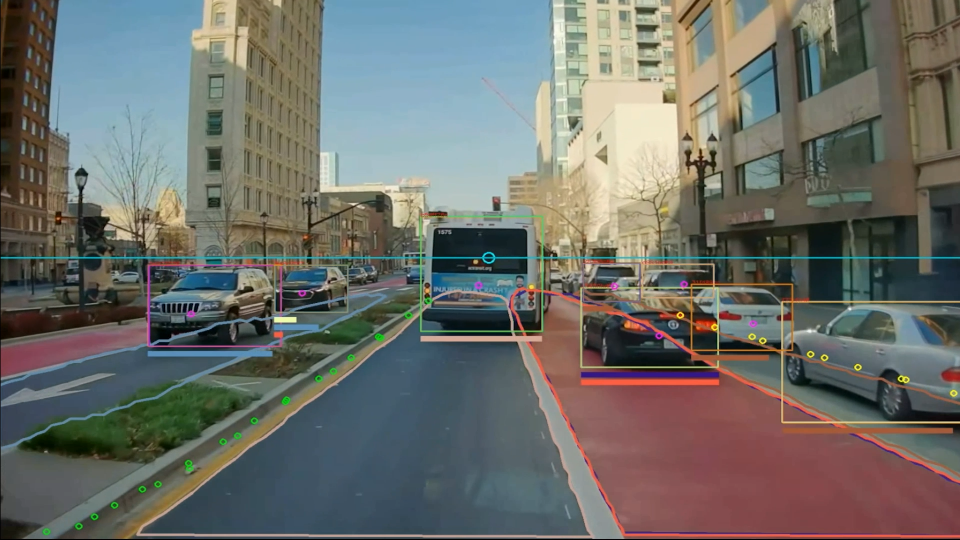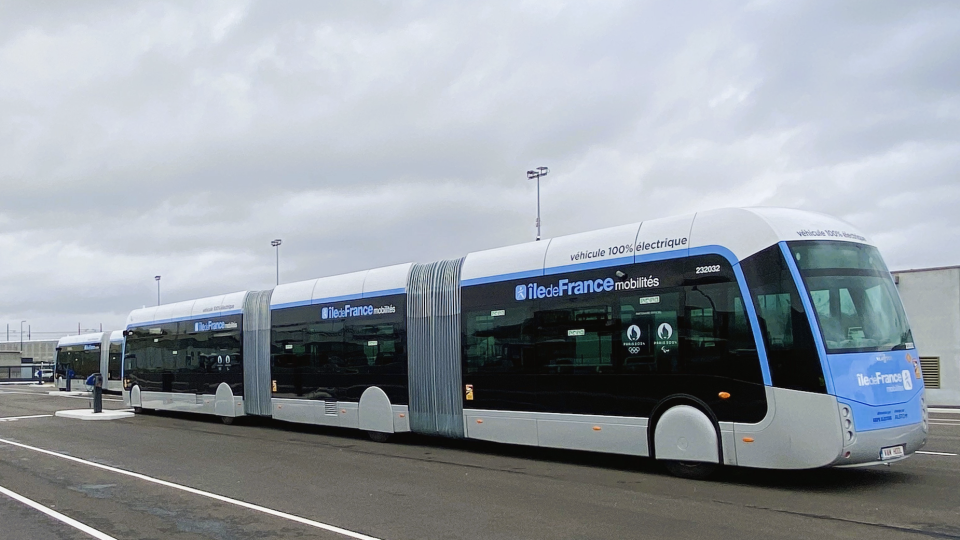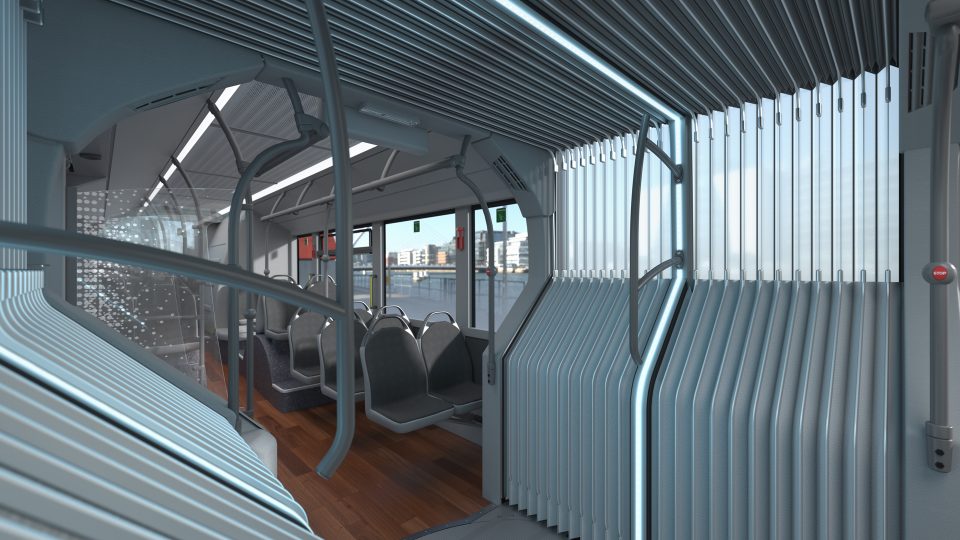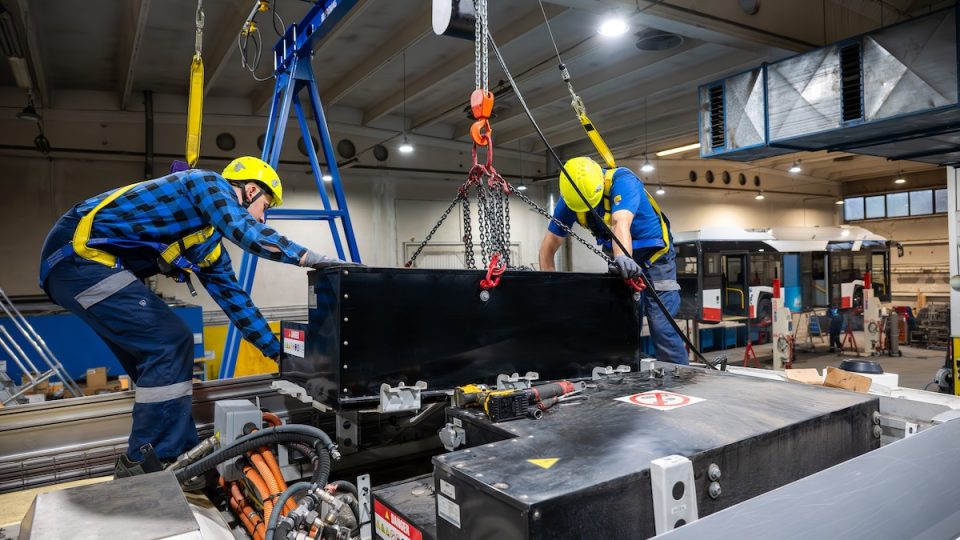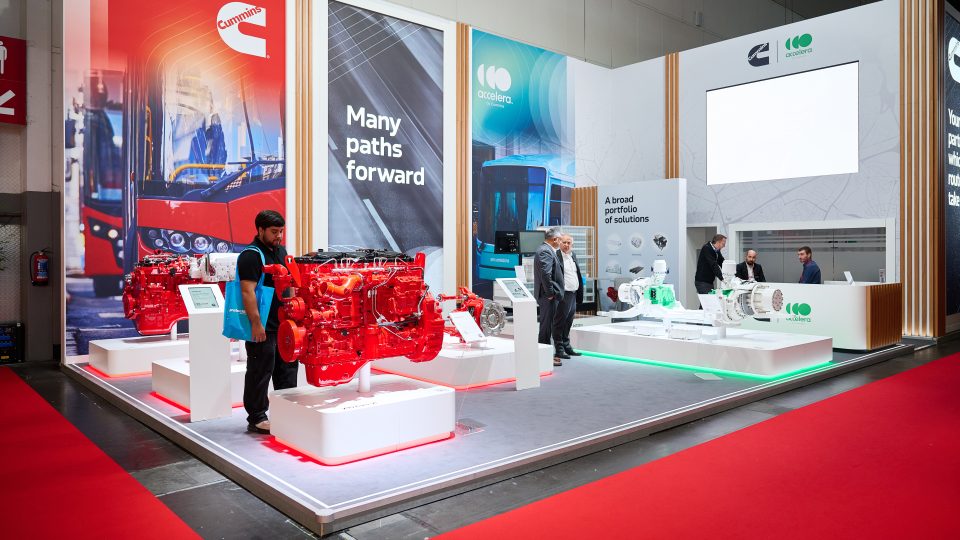Actia to present BOP G5/Hypervision video surveillance platform at Busworld 2025
At Busworld Europe 2025, Actia is introducing the BOP G5/Hypervision platform, its latest development in onboard video surveillance for public transport networks. This fifth-generation connected system is designed to support operational monitoring across urban and intercity transport fleets by enabling both real-time and retrospective video tracking. Actia at Busworld 2025 with upgraded video surveillance for […]
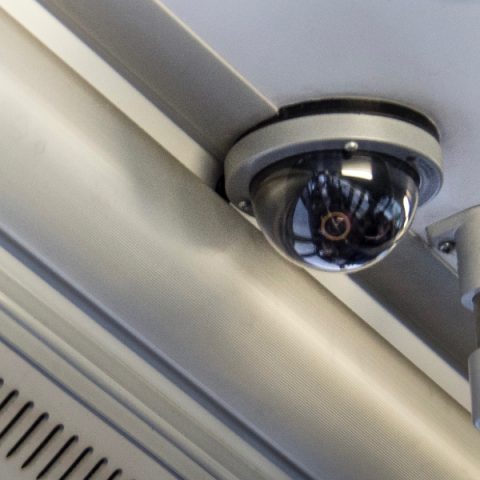
At Busworld Europe 2025, Actia is introducing the BOP G5/Hypervision platform, its latest development in onboard video surveillance for public transport networks. This fifth-generation connected system is designed to support operational monitoring across urban and intercity transport fleets by enabling both real-time and retrospective video tracking.
Actia at Busworld 2025 with upgraded video surveillance for buses
Key figures for Actia include a consolidated revenue of €535.1 million in 2024, supported by a global workforce of approximately 4,000 employees. The group comprises 29 companies, including 5 electronic production plants and 6 research and development centers.
The BOP G5/Hypervision interface allows transport operators and authorities to supervise buses, trams, and metro vehicles through a unified interface. The system supports the reconstruction of journeys and incident response even when passengers switch between modes of transport. The video feeds can be accessed by location (e.g. depots or stops), not just by individual vehicles.
According to Actia, the system offers features aimed at simplifying video analysis: operators can retrieve targeted footage from specific timeframes, before or after an incident, reducing the need for manual review of long recordings. Drivers can mark critical events through an emergency button, sending live video to control centers for immediate action.
As an added feature, Actia highlights, “the system can leverage vehicle CAN-Bus signals to enrich the video context by automatically detecting and tagging critical events: such as emergency braking or proximity alerts, without requiring any additional onboard infrastructure”.

